How To Get A Cat To Eat After Tooth Extraction: 7 Easy Ways
Similar to humans, a cat that underwent tooth extraction will find it hard to eat. It’s important to help the feline recover and regain its appetite. Knowing how to get a cat to eat after tooth extraction takes patience and some practical hacks. In this post, I’ll share some of my tried and tested tips I’ve used on my kitten Watson after his tooth extraction.
What to expect after a cat tooth extraction?
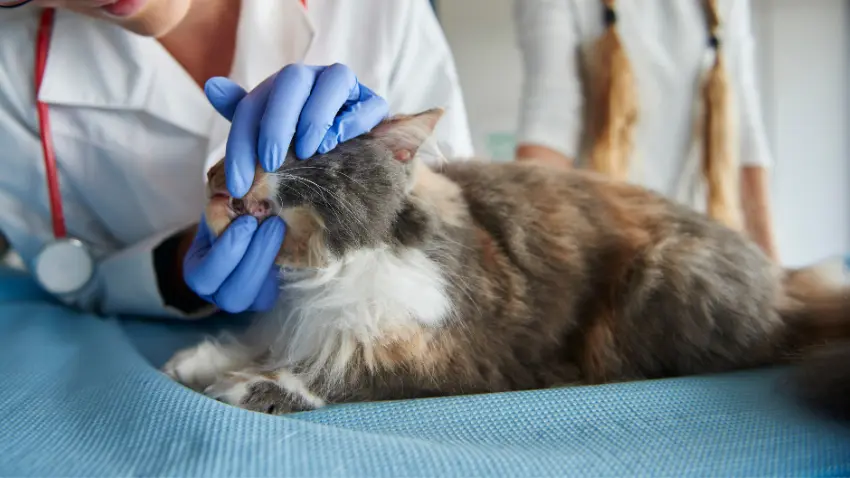
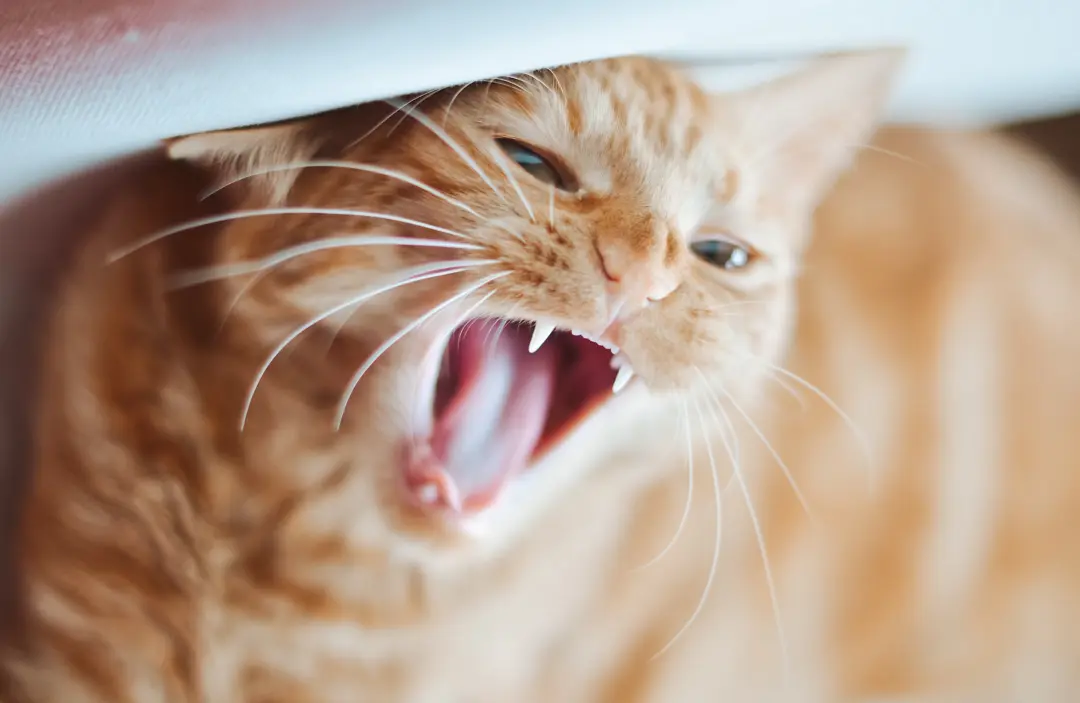
In general, most cats recover from tooth extraction pretty easily. If the kitty didn’t suffer from complications, the vet will allow you to take it home on the same day. Still, you have to follow some vet instructions in managing the pain and preventing infections.
Veterinarians will usually use dissolvable sutures so there’s no need for removal. The gums will heal and the stitches will fall off on their own.
While the recovery of the wound itself is easy, the challenge here is getting your cat to eat. Many felines I’ve known will refuse to eat after the tooth extraction. This is fairly normal since their mouth is sore and chewing makes the pain worse.
Nutrition is very important to ensure that your pet will have a full recovery from the tooth extraction. And since most tooth extractions are due to rotten teeth, you have to provide a diet that will reduce plaque buildup on your cat’s mouth.
It’s normal for a kitty to have poor appetite hours after the procedure. To help you out, the tips below will help encourage your cat to eat little by little.
Encouraging a cat to eat after tooth extraction
While it’s not easy to get a cat to eat after a dental procedure, the following tips will surely help a lot:
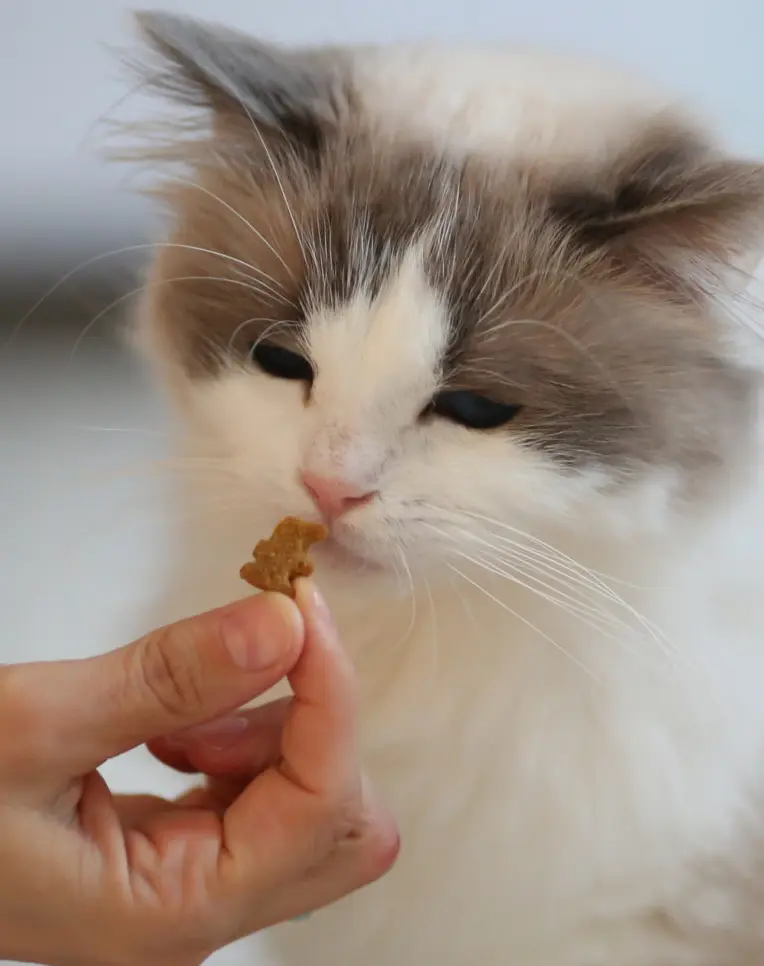
1. Provide soupy food
After dental surgery, you shouldn’t force your cat to eat kibble right away. You should switch to soupy or soft canned food. This way, the kitty will not have to chew anything that will worsen the pain in its mouth. learn here how to force feed a cat
You can add hot water into kibble and mash it well. Once you have a soft and pate-like consistency, you can offer it to your cat. Make sure that there are no solid bits that could get stuck in the open sockets of the teeth or get tangled on the sutures.
2. Make it flavorful
A few pain medications may interfere with your cat’s sense of smell and taste. This is why it will help a lot if you’ll make their food more flavorful. A drop or two of fish oil will usually do the trick here. Can cat eat fish skin?
This is the same thing I did for my cat Watson when he underwent tooth extraction. After sniffing the food, he started licking and eating a small amount.
3. Give pain medicine
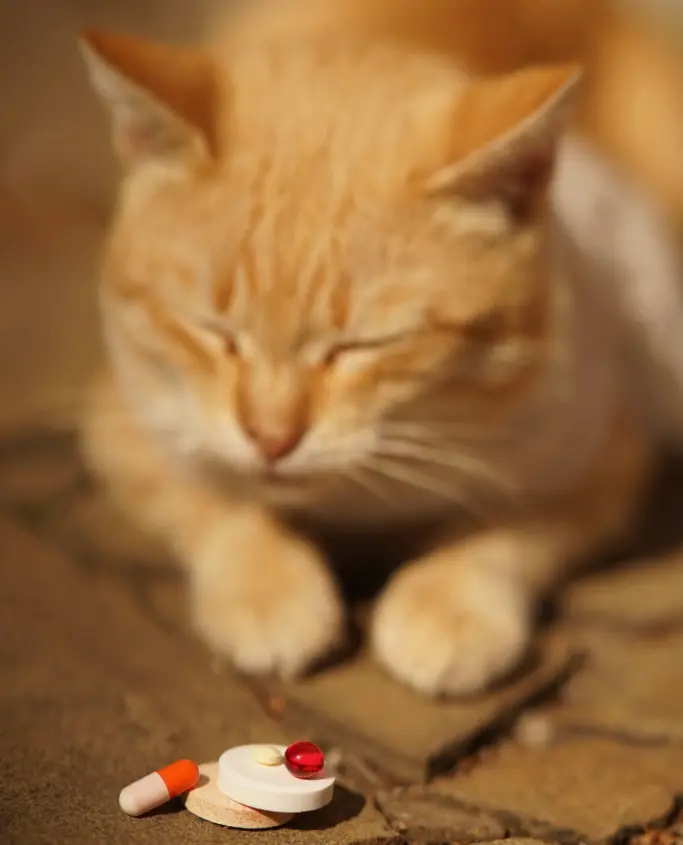
Take note that your cat will not eat anything if it’s in great pain. Make sure that you follow the pain medication prescription so your kitty can eat without feeling too much pain on its gums. It will also allow the cat to swallow and chew a little.
Remember that you should never give human-grade pain relievers to your cat. You should only administer what the vet prescribes. Self- medicating your cat after a tooth extraction will do more harm than help.
4. Increase hydration
It’s impossible to feed a dehydrated cat because it will be too weak to swallow. So aside from food, you should also focus on giving the kitty cool and clean water. This will help the cat recover and regain its strength after the procedure.
You can also add flavor to the water to encourage the kitty to sip more. From there, you can add a small amount of food little by little. Before your cat knows it, it’s already consuming soft food through its water bowl.
If your cat doesn’t seem interested in plain water, you can give a kitten milk replacer instead. This works even if your cat is already an adult. At least, your cat is getting some nutrition as you try to coax it into soft food.
5. Consider hand-feeding
If your kitty won’t touch its food, it will help to hand-feed in the meantime. Scoop a small amount of soft food into your finger and bring it close to your cat’s mouth. Let the kitty sniff and lick it away. Do this until you’ve fed the feline a substantial amount.
However, you should slowly introduce your cat’s food bowl so it won’t grow dependent on you for feeding. This is crucial if you have a kitten since they can easily form a bad habit. learn more here how to feed a toothless cat
If that didn’t work, you can utilize a syringe without the needle on. Load it up with a small amount of soupy food then prod it right into your cat’s mouth. Take note that you shouldn’t put it too far or you might touch the area of the extraction.
Just squirt a small amount into the cat’s mouth and let it taste. Most of the time, this will encourage the kitty to cooperate and eat more.
6. Make it accessible
Lastly, make the cat’s food accessible all the time. Keep it close to where the cat rests so the kitty can eat anytime it wants. Also, always check the soft food since it’s prone to spoilage. I suggest serving a small amount at a time to prevent too much wastage.
7. Try human food
If all else fails, you can give your cat some human food it’s fond of. Just make sure that it’s safe for felines and will not cause irritations.
Also, you should run the food in a mixer to mince it into tiny bits. You can also add a small amount of warm water to make the food more palatable for cats.
What are the possible complications of tooth extraction in cats?
Just like any medical procedure, tooth extraction has its own share of potential complications. Still, most of it is preventable if performed properly by a licensed veterinarian.
One of the most common complications here is hemorrhage. When this happens, the vet may need to perform emergency surgery to close the path where the bleeding is coming from. Take note that the bleeding can occur during or after the operation so you should observe proper aftercare on your cat.
Another complication that you should watch out for is fractured tooth roots. This occurs when the tooth is taken forcibly using forceps. The excessive force will lead to root fractures, which will cause too much pain on your cat’s part.
The displacement of the root is also possible if the vet isn’t careful. If your cat needs to undergo a tooth extraction, make sure that the vet has done it before many times.
Why is my cat not drinking after dental surgery?
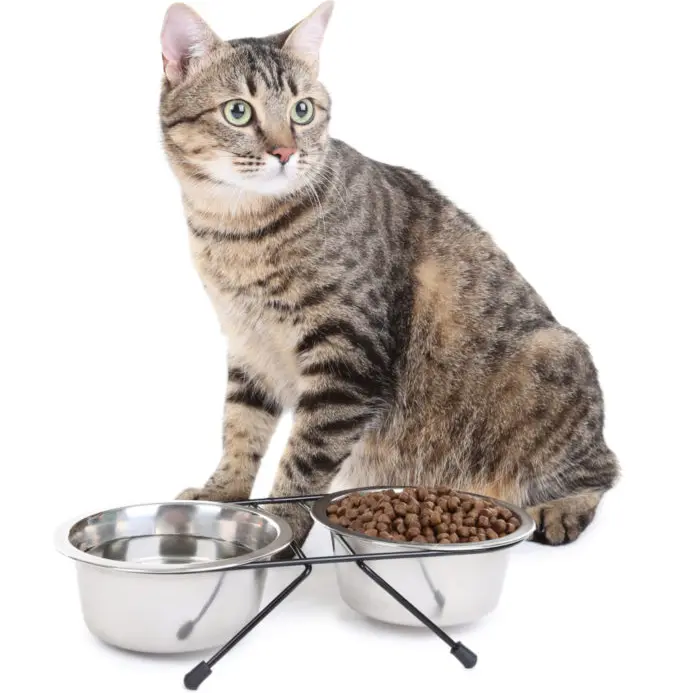
Many cats will refuse to drink or eat right after tooth extraction. This is considered normal, but it shouldn’t linger for too long. You have to do something to encourage your cat to drink so it won’t succumb to dehydration.
Most of the time, the refusal to take any food or water is due to the pain in the mouth. This can be temporarily soothed by the prescribed pain medications.
However, if your cat is still not drinking or eating after 24 hours, I suggest that you call the vet right away. This can become dangerous in the next hours. The veterinarian will advise with some tips to see if it will work. The worst-case scenario would be bringing the cat to the vet to receive an IV drip and other treatments.
How long does it take for a cat to recover from a tooth extraction?
For single extractions, most cats will recover within one to two weeks. However, it depends on the kitty’s overall health and the potential complications it may experience.
On the other hand, multiple extractions will take a couple of weeks to fully heal. Patience and continuous monitoring are necessary to identify potential infections even before it becomes a big problem.
Each cat is different and so is its recovery process after the tooth extraction. It’s important to communicate with the vet regularly to ensure that your pet will recover fast.
How much should cat tooth extraction cost?
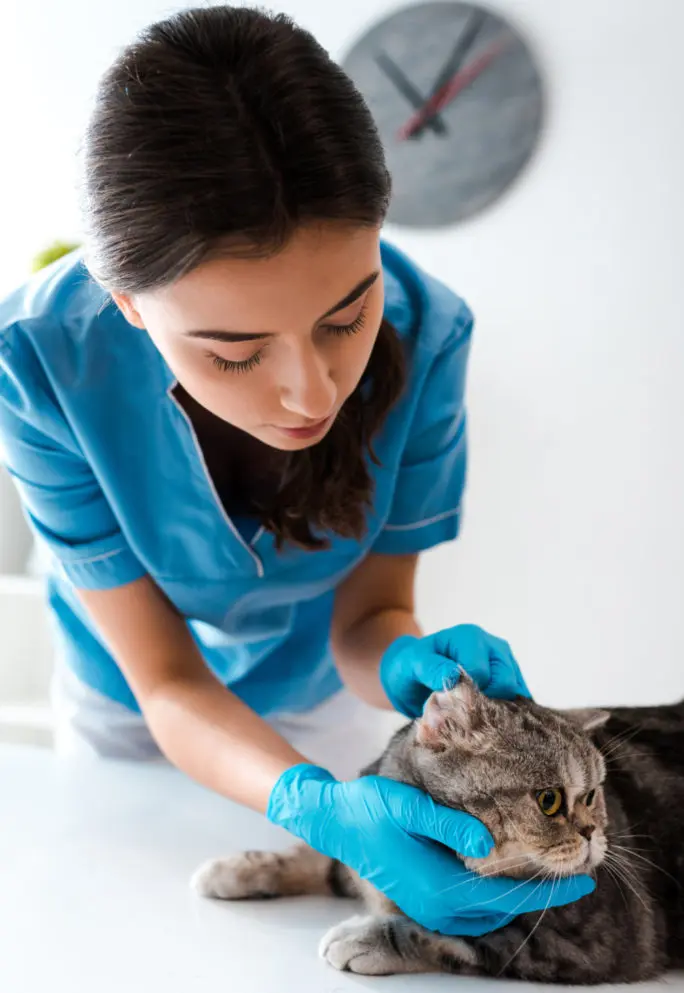
The cost of a feline tooth extraction varies widely, depending on the vet clinic where you’re taking your cat, your location, and the dental condition of your pet.
For example, when our Watson needed basic descaling, we paid around $120. But if your cat needs a more in-depth procedure or multiple extractions, prepare to spend as much as $750. Take note that tests like X-rays and blood tests will add more to the overall cost of your cat’s tooth extraction.
If you can’t afford the vet bill, there are a lot of organizations that can help.
Conclusion
Knowing how to get a cat to eat after tooth extraction requires patience. You should also try various methods, including the ones I discussed above. When in doubt, it’s always best to call the veterinarian for professional advice. What’s important is you feed and hydrate your cat so it won’t suffer from complications of dehydration and hypoglycemia.
